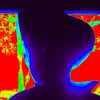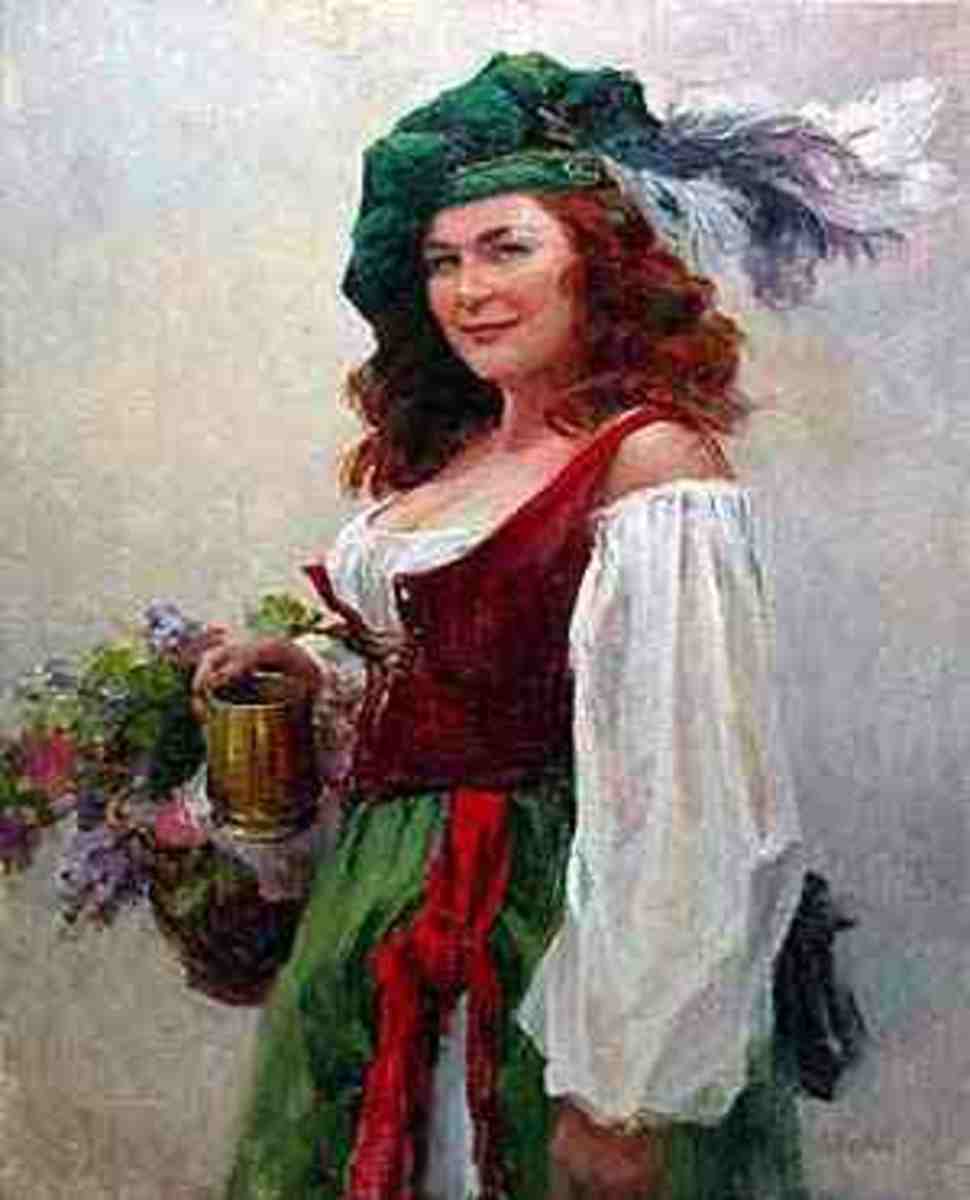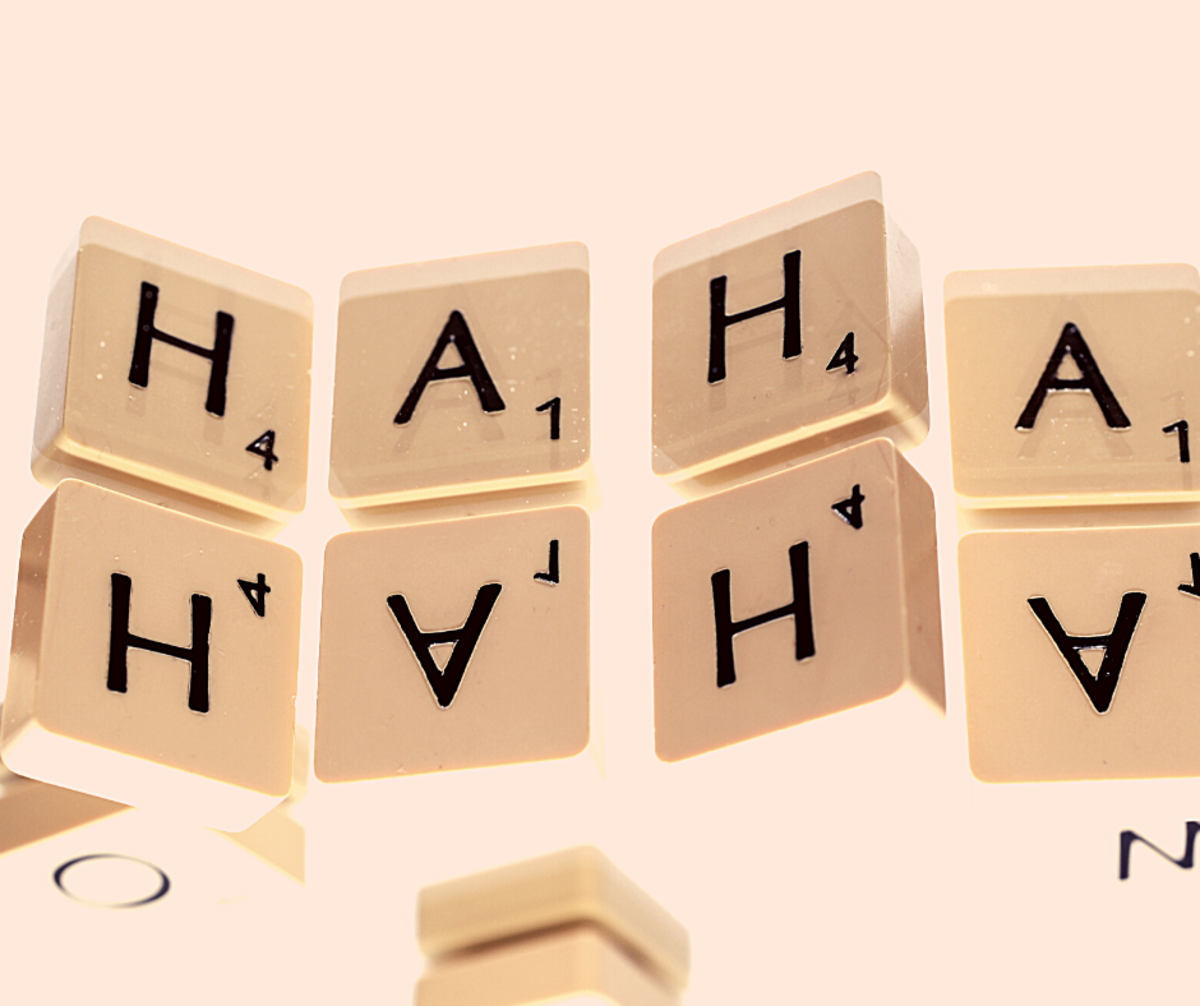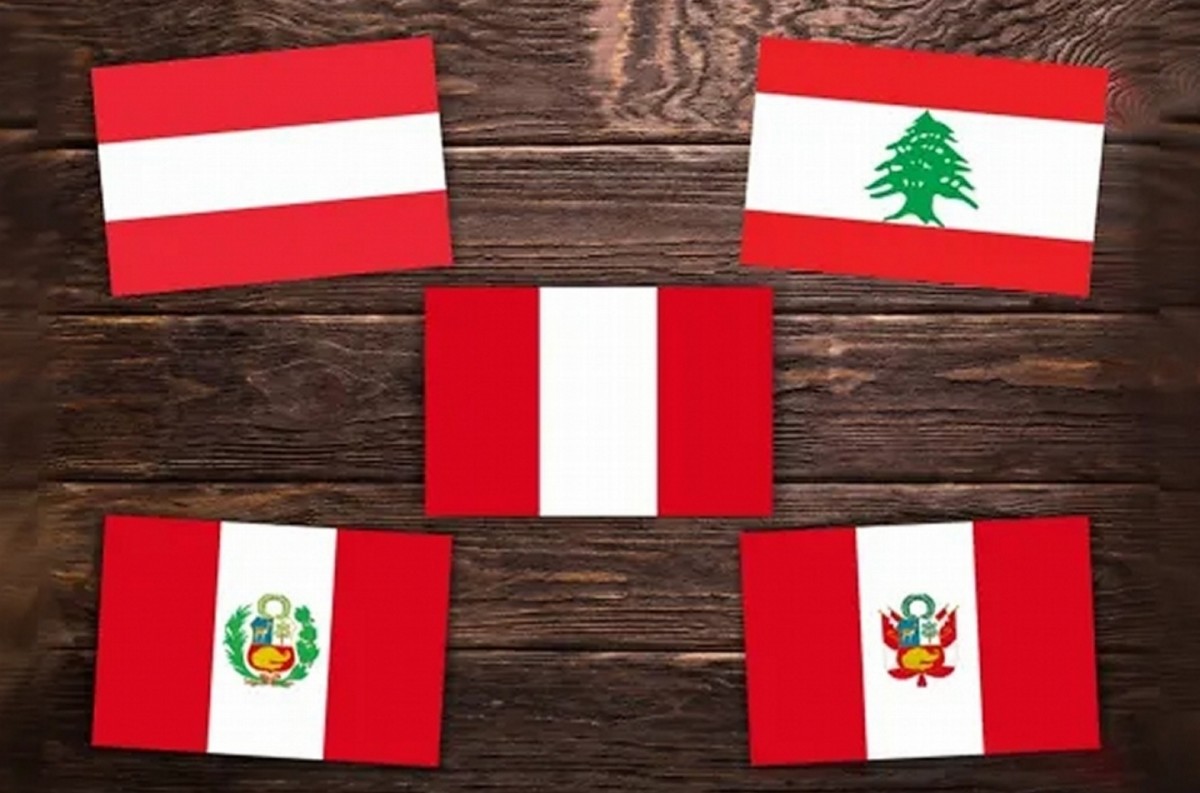Nocturnal Paraphrases
Forward
Nocturnal Paraphrases is a short poem, so it hurts to have to issue instructions for use, even if they are not so long themselves.
But Nocturnal Paraphrases is a little different: unlike many poems on Hubpages, it's presented in six photo capsules. Each is like a page unto itself: I'd suggest you read each slowly, taking time to enjoy the underlying image, before you "turn" to the next.
There's an explanatory note at the end--just in case you still care when you get there.
Hope you enjoy the poem!
Nocturnal Paraphrases
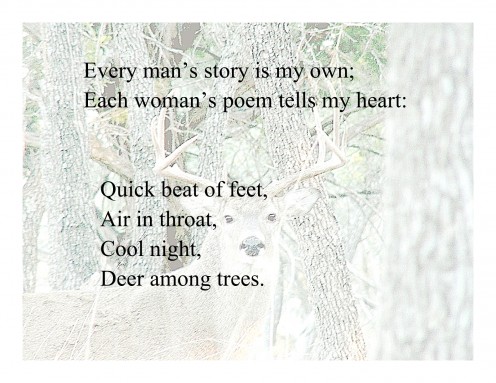
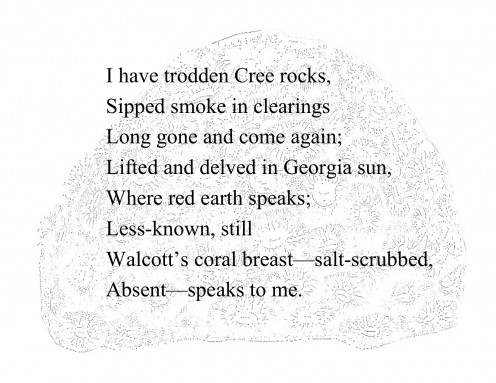
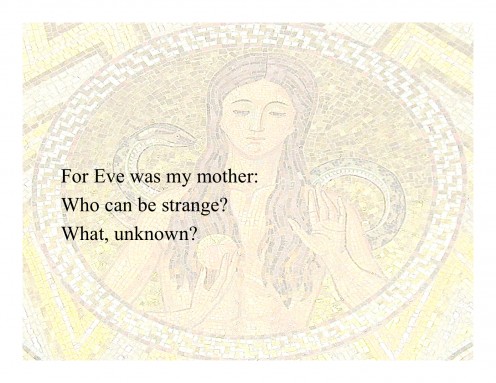
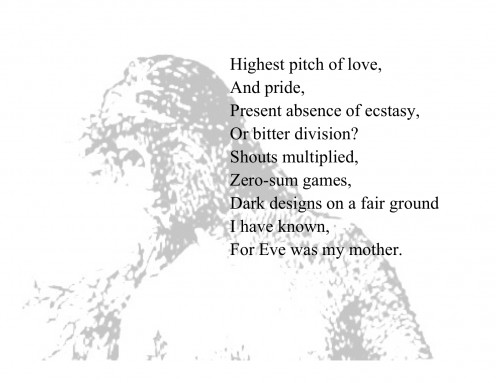
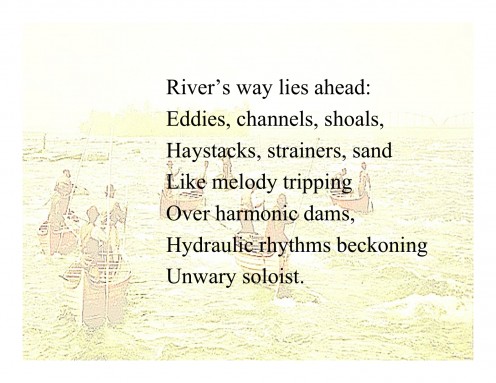
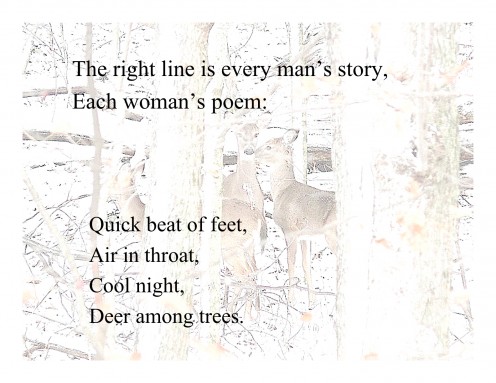
Notes on "Nocturnal Paraphrases."
“Nocturnal Paraphrases” comprises 142 words, according to my software, so I’m obliged here to contribute 368 additional words, according to the prescribed terms of the contest that prompted the publishing of this poem as a Hub. Since I’m inclined to be verbose—albeit not so much in poetry; do I hear a muted cheer in the distance?—that shouldn’t be hard.
The most obvious thing about this Hub is probably the use of photo capsules instead of text capsules to present the poem itself. I started out with text, but the formatting just didn’t work; like many poems since the turn of the twentieth century or so, this poem’s layout on the page contributes a lot in clarifying (or even suggesting) meaning. (At least, I fondly imagine so.) The straitjacket of the Hub text capsule was just too destructive.
So, like Ghandi, “I know a way to escape Hell.” And once into the liberating air of the photo capsule, why not incorporate illustrations?
So I did. Ironically, it forced some modification of the layout on the page—but in ways creative, not confining. “On the page”—for each photo capsule became a little pagelet of its own, enclosed in a defining boundary: I’d made a tiny chapbook, like an illustrated children’s book, but for adults.
How fun!—and, come to think of it, how like an updated version of William Blake, one of my poetic heroes, who self-published most of his work in hand-engraved pages uniting word and image. (Though I am quite sure he had to work a lot harder to get his results than I did mine.)
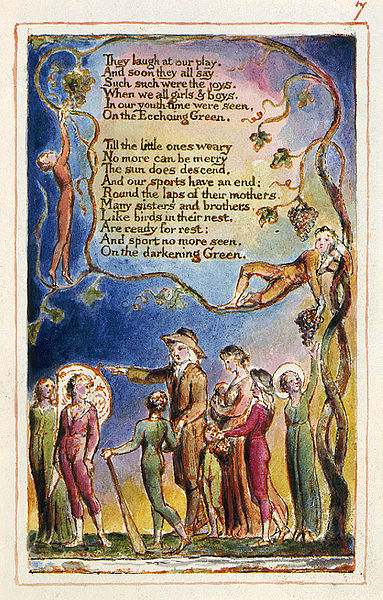
Enough of the “production”—what about the poem itself?
Well, I call it “Nocturnal Paraphrases” because 1) the generating sensual image was the experience of running at night, and 2) the themes come from various other poetic ‘heroes’—the human ‘I am the world’ inclusiveness might recall Walt Whitman, and the Biblical undercurrent—along with the delight in playing with the rhythm and sound of language—traces back to Derek Walcott, who though mightily honored is far less well-known than he deserves to be. (Yes, I actually dragged him into the text on "page two," with a reference to his wonderful "Crusoe's Island.")
And—hey, I’m Canadian after all, even if I live in Georgia now—the natural imagery and its juxtaposition with human perspectives probably has something to do with Margaret Atwood (whose success as a novelist might tempt us to forget her accomplishments as poet.)
“But what’s the damn thing about?” I hear you ask.
Oh, the usual: life, death, places I’ve been, things I’ve done, and the process of change. Canoeing. And how it felt. Especially, how it felt.
(Four hundred and some words, to the end of the previous sentence—perhaps a few of them even germane. So, “My work here is done.”)
I must acknowledge Wikimedia Commons, which provided the basis for all the images used in this Hub. All are believed to be in the public domain; most were digitally manipulated by the author.
